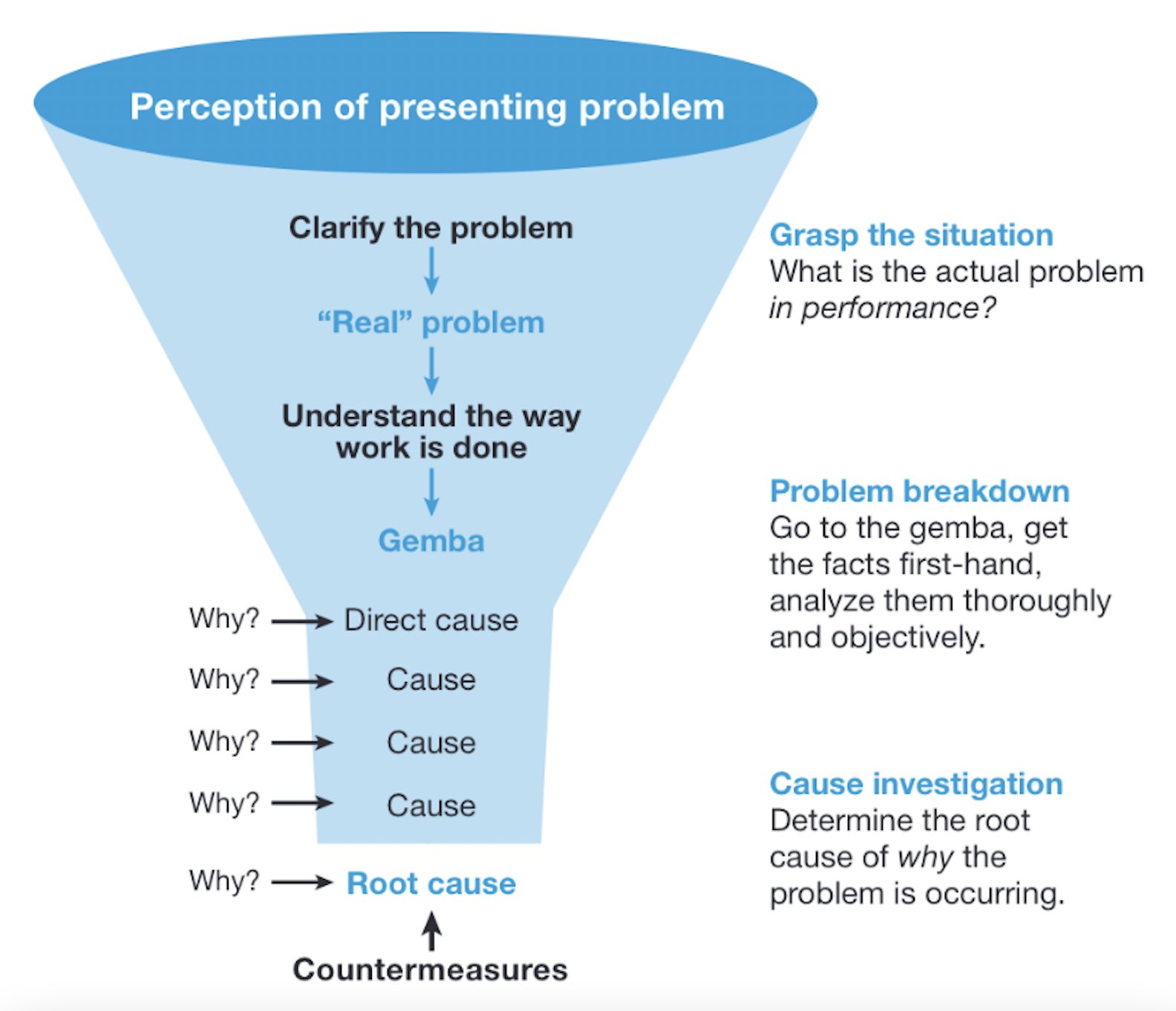Mastering DIY Bracelet Making: Step-by-Step Techniques and Creative Ideas
Introduction
Creating a bracelet yourself offers a unique opportunity to craft personalized accessories, develop new skills, and experience the satisfaction of handmade artistry. Whether you are interested in classic friendship bracelets, beaded designs, or exploring innovative patterns, the process is accessible and rewarding for beginners and seasoned crafters alike. This comprehensive guide provides step-by-step instructions, explores multiple popular techniques, and offers practical advice for overcoming common challenges in DIY bracelet making. All resources and guidance are based on verified, current tutorials and expert insights.
Choosing Your Bracelet Style
DIY bracelets come in a variety of styles, and selecting the right one depends on your preferences, resources, and skill level. Popular categories include:
1. Friendship Bracelets : Made from embroidery floss or thread, these feature intricate knots and colorful patterns. They are especially trendy among tweens and teens, but appeal to all ages [2] . 2. Beaded Bracelets : Using elastic or wire, you string together beads of various materials, from plastic to gemstones. These can be tailored for elegance or casual wear [1] . 3. Kumihimo (Braided) Bracelets : Originating from Japanese craft traditions, Kumihimo uses a special disk for braiding intricate patterns [3] . 4. Unique and Advanced Designs : Incorporate metal clasps, rhinestones, or unusual materials for a distinct look [3] .
Essential Tools and Materials
Before starting your bracelet, gather key supplies. The specific materials depend on the chosen style, but common requirements include:
- Embroidery floss or thread for friendship bracelets
- Elastic cord or jewelry wire for beaded bracelets
- Assorted beads (glass, plastic, metal, gemstone)
- Scissors for cutting thread or cord
- Crimp beads and covers for securing ends (beaded styles)
- Jewelry glue for extra security (optional)
- Kumihimo disk (for braided patterns)
Quality materials enhance durability and appearance, so consider investing in reputable brands found at craft stores or online retailers.
Step-by-Step Guide: Friendship Bracelet (Candy Stripe Pattern)
Friendship bracelets are a classic introduction to DIY jewelry. The candy stripe pattern is beginner-friendly and offers satisfying results. Follow these steps:

Source: vivadonna.nl
1. Measure and Cut: Select 3-6 colors of embroidery floss. Cut each strand to approximately 32 inches. Tie them together with a knot about 3 inches from one end [2] .
2. Organize Strands: Lay out strands in your desired color order.
3. Forward Knot Technique: Start with the leftmost strand. Cross it over its neighbor to form a “4” shape. Loop the tail under and through, pulling it tight. Repeat each knot twice for security. Continue moving left to right, knotting each strand over its neighbor, until the first strand reaches the rightmost position [2] .
4. Repeat: Continue the process, always working from the left, to create a diagonal stripe effect. Adjust colors and knot order for custom patterns.
5. Finishing: When the bracelet reaches desired length, tie an end knot and trim excess thread. For added durability, you can braid or knot the ends together before securing [2] .
Potential Challenges:
Thread tangling and uneven knots are common. Prevent these by keeping strands taut and practicing knot consistency. Video tutorials can offer visual clarification
[5]
.
Step-by-Step Guide: Stretchy Beaded Bracelet
Beaded bracelets are versatile and quick to make. Here is a professional technique for elastic beaded bracelets:
1. Plan Design: Choose bead colors, sizes, and sequence. Arrange beads on a mat or dish before stringing to preview the final look.
2. String Beads: Cut a length of elastic cord (about 10 inches for an average adult wrist). Begin stringing beads, leaving about 2 inches of elastic at each end for tying.
3. Secure Ends: Once the desired length is achieved, tie the ends in a secure square knot. For extra hold, add a small dot of jewelry glue to the knot, being careful not to glue the bracelet itself [1] .
4. Hide the Knot: Pull the knot into a bead with a large hole or cover with a crimp bead and flatten using pliers for a polished finish.
5. Trim Excess: Cut surplus elastic close to the knot. If using crimp covers, add them about an inch up each tail and flatten with pliers for a neat edge [1] .
Potential Challenges:
Elastic slippage or knot instability may occur. Using high-quality elastic and ensuring a tight knot helps prevent these issues. For additional support, view expert tutorials
[3]
.
Advanced Techniques: Adjustable and Braided Bracelets
If you wish to make an adjustable bracelet, lay your finished bracelet with ends overlapping. Take a new piece of string, pass it under both ends, and use square knots to secure. Complete the knot by alternating right and left cord positions, pulling tight after each step. Trim and secure with a dot of glue for strength, then add crimp covers for a professional look [1] .
For braided styles like Kumihimo, use a dedicated disk. Arrange floss or cord in even sections, then follow the disk pattern to braid. This method creates round, uniform bracelets with complex designs. Tutorials are widely available for various braid styles, including chevron and zigzag [3] .
Design Inspiration and Examples
Popular bracelet ideas include the Watermelon Friendship Bracelet, Rainbow Plaid, and Zig Zag patterns. Each offers unique visual appeal and a chance to experiment with color combinations. For beaded bracelets, mixing materials-such as glass and gemstone-can elevate your design. Advanced makers may add metal clasps or rhinestones for a touch of glamour [3] .
Real-world examples abound online, with creators sharing tutorials and inspiration on platforms like YouTube and crafting blogs. These resources help troubleshoot issues and spark creativity [5] .
Alternative Approaches and Customization
Beyond traditional styles, explore unique materials such as leather, paracord, or recycled textiles. Bracelets can be personalized with alphabet beads, charms, or symbolic colors. Experimentation allows you to create pieces tailored to personal meaning or gift recipients.
If you lack access to specialty supplies, consider repurposing household items like buttons or fabric strips. Creativity is the cornerstone of DIY bracelet making, and there are no limits to the materials or styles you may incorporate.

Source: etsy.com
Key Takeaways and Next Steps
DIY bracelet making is accessible, creative, and customizable. By selecting a style, gathering materials, and following detailed instructions, you can produce jewelry suited to any occasion or personal taste. Expand your skillset by exploring advanced techniques and drawing inspiration from verified resources. For additional learning, search for video tutorials and community forums where makers share tips and solutions to common challenges.
References
- [1] The Pretty Life Girls (2022). 6 Ways to Finish a DIY Bead Bracelet. Step-by-step video tutorial.
- [2] The Neon Tea Party (2024). Friendship Bracelets – How-To & DIY. In-depth written guide with patterns.
- [3] The Craft Patch Blog (2022). How To Make A Bracelet. Comprehensive bracelet making techniques and inspiration.
- [5] Creation & You (2025). Handmade Thread Bracelet | DIY Bracelet | Creation&you. Video demonstration for beginners.



